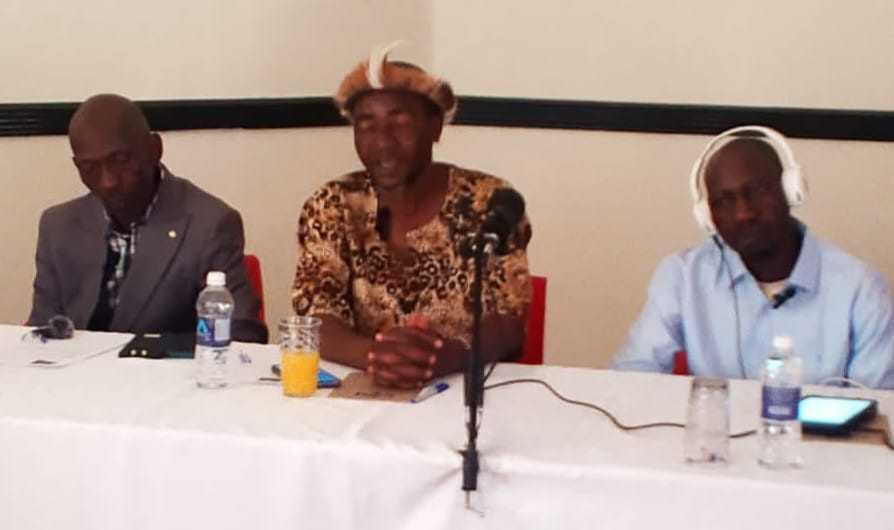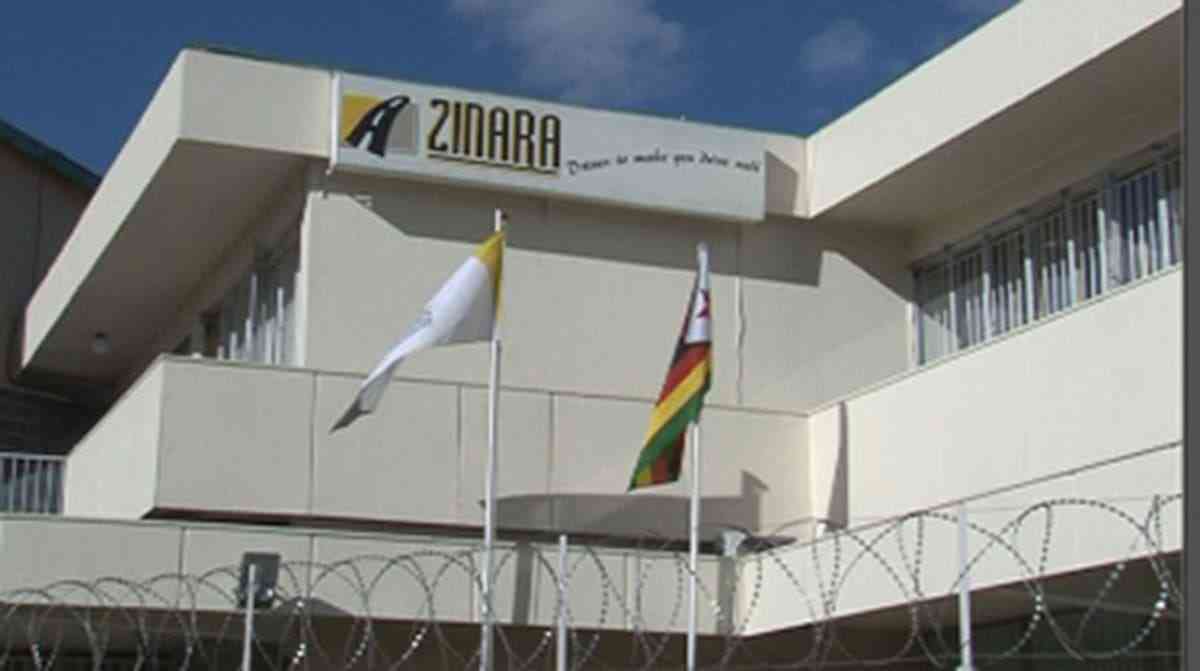
THANDO Sibanda’s journey from Bulawayo to Beitbridge was almost brought to a halt about 20 km outside the city, along Bulawayo-Beitbridge Road, when a herd of cattle suddenly strayed into the road while he was passing by.
BY Musa Dube
Had he not managed to quickly apply breaks, Sibanda said, a disaster could have happened.
“I am just lucky that I managed to spot these cattle from a distance, otherwise I was going to run over them and probably kill or injure them all,” said Sibanda.
According to villagers living besides the Bulawayo-Beitbridge road, they witness such accidents where motorists collide with domestic animals let alone wild animals on a daily basis.
“Yesterday another bus almost collided with a calf that was crossing the road following its mother which had gone the other side of the road. The driver missed it by few inches otherwise we could be talking of something else,” said Ronald Mbewe.
This paper also witnessed several donkeys and cattle lying lifeless besides Bulawayo-Gwanda road after being hit by vehicles.
The owners of the dead animals do not collect them for fear of being prosecuted.
- Chamisa under fire over US$120K donation
- Mavhunga puts DeMbare into Chibuku quarterfinals
- Pension funds bet on Cabora Bassa oilfields
- Councils defy govt fire tender directive
Keep Reading
Following the controversial land reform programme, many roads have become deathtraps after the new occupants destroyed the fences that used to protect animals from straying into major highways.
“Long back there were properly fenced paddocks but now there are no longer there. Animals can travel anywhere without being controlled causing fatal accidents with motorists,” said Mbewe.
Donkeys are said to be contributing to the high incidence of road accidents as they don’t move away from the road when a vehicle is approaching.
The villagers have already christened donkeys as the “officers commanding traffic” because of their stubbornness.
Officials say major highways in Matabeleland Region contribute the highest vehicle animal collision rates.
Muchena said the traffic safety council was on an awareness campaign and has resorted to going to the grass roots level to teach people to how monitor their livestock. “We are engaging the chiefs and headman through the provincial administration officers to engage villagers about the problem.
The onus is on the headman or chiefs and his people not to leave their animals on the road,” he said.
Sibanda said the only solution to this problem was to encourage farmers to fence off their paddocks.
Last week six people died on the spot while 37 others were injured, three of them seriously, when a Harare bound cross-border bus ploughed into stray cattle before it veered off the road and overturned.
The incident happened along the Beitbridge-Masvingo road last week on Tuesday and involved a Pioneer Bus.
The officer commanding police Beitbridge Chief Superintendent Lawrence Chinhengo said they would continue to ‘urge motorist to be extra cautious since we have a lot of stray animals, which continue to be a hazard in our roads.”
‘VEHICLE, ANIMAL COLLISION PREVALENT IN MATABELELAND SOUTH’
According to Traffic Safety Council of Zimbabwe official Ernest Muchena, the high number of domestic livestock straying into the roads made driving along major roads in Matabeleland Region risky.
“Vehicle animal collision is prevalent in Matabeleland Region along the Beitbridge and Masvingo road where there are a lot of donkeys that are astray. Beitbridge — Bulawayo road is another problem, so is the Bulawayo-Plumtree road,” said Muchena.
He said vehicle animal collision was also rampant in Mashonaland along the Harare-Mukumbura road and Harare Chirundu road. Muchena said since Zimbabwe was a cattle country, vehicle and animal collision tended to be high. He highlighted that vehicle-animal collisions were prevalent especially during the night.
“People normally hit the animals during the night. Night-time fatalities are more prevalent than daytime fatality rate.
“The major causes of accidents are speeding. If a driver is speeding during the night, he or she will not be able to react and stop when he sees an animal,” said Muchena.
“Again dangerous overtaking is another cause where an animal is on the road and the driver fails notice it,” he said.
The traffic official further said although people were aware that they should keep their livestock from straying into the roads, the country continued to lose lives through accidents.
“The law says you are not allowed to leave your domestic animals astray and that’s why when those accidents happen nobody wants to claim ownership of that cow or donkey that maybe hit on the road,” he said.











